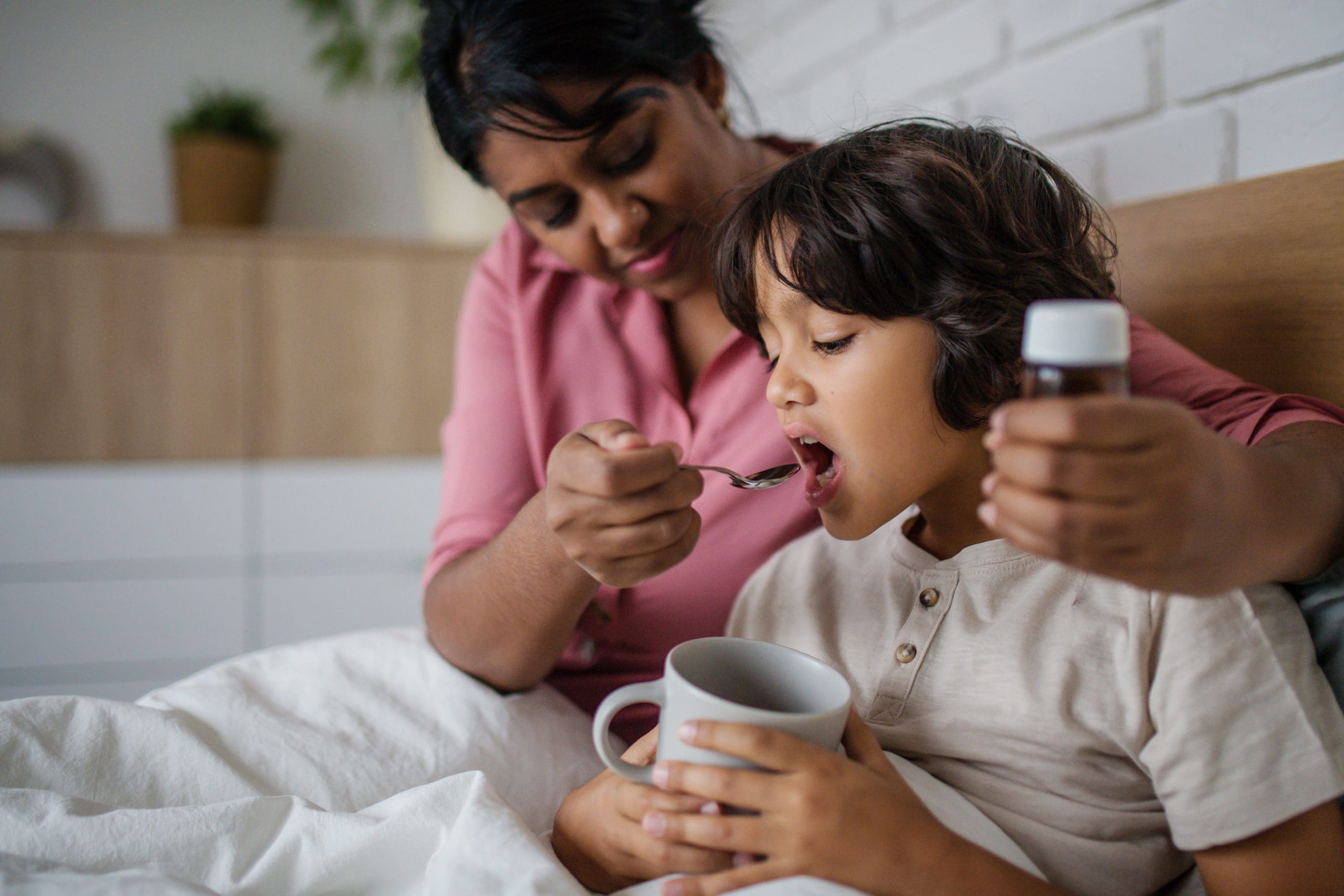Be careful with paracetamol use in children
By naturopath Margaret Jasinska
Paracetamol is the most widely used medicine in children, both in hospitals and in homes. In most countries it is available on supermarket and pharmacy shelves, as well as a prescribed medicine. It is used to relieve pain and fever. Pain has historically been undertreated in very young children who are not yet able to speak, while fever is overtreated, especially in high income countries. There are concerns regarding the safety of paracetamol in relation to potential liver toxicity and possible long term effects in the development of asthma. Paracetamol use during pregnancy raises the risk of autism and ADHD. In male embryos it can impair testicular development, leading to reduced testosterone production later in life. It is certainly a medication that should be used with caution.
Paracetamol can be particularly dangerous in infants and children under 5 years of age. These very young children have an immature liver without fully developed detoxification functions. In children with a fever, paracetamol can be more dangerous, because the increased body temperature increases the production of toxic breakdown products of the paracetamol. Overdose is more likely if paracetamol is given every 2 or 3 hours or for more than 48 hours. It is vital that parents do not mix multiple medications containing paracetamol, such as found in fever reducing medications, pain relievers and cough medicines. It is very easy to overdose a child on paracetamol and severe cases of liver failure induced by paracetamol have required liver transplant and have even resulted in death of children.
In any child with a fever it is obviously important to see a medical doctor for a physical examination and to see if any pathology tests are required. If no serious infection is found and the mother takes her child home, putting the child in a tepid bath and sponging the skin with water is usually very effective. It is also critical to keep the child well hydrated, and replace electrolytes if necessary.
Most children are exposed to a plethora of germs and viruses on a daily basis once they enter daycare or school. This is because they are coming into contact with other children that could be infected, or touching objects (toys, pencils, sporting equipment, etc) that are harbouring germs. Luckily, we all have an inbuilt defence system (the immune system) which protects us from getting sick every time we are in contact with germs. A strong immune system is better equipped to ward off infection than a weakened one.
Ways to reduce the risk of infections in children
- Encourage regular hand washing: Most children need to be reminded regularly. Hand washing is such an easy and effective way of reducing exposure to germs. Encourage your children to wash their hands (with warm water and soap) before they eat, after using the bathroom and straight after they get home from an outing.
- Try to encourage a healthy gut microbiome: Approximately 70 percent of the immune system resides in the gut, so it’s really important to have a healthy balance of gut flora (bugs) particularly in younger children and those who have used antibiotics. Incorporate fermented foods into your child’s diet to strengthen the gut army! These include unsweetened yoghurt, kefir and sauerkraut. The fibre in plant foods acts as a prebiotic, helping to encourage healthy gut bugs.
- Fruit and veg are important: Feeding your child an abundance of vegetables and fruits is so important for their developing immune systems. Fruit and vegetables are packed with vitamins and minerals that support and strengthen the immune system, as well as fiber that feeds the good bacteria in the gut. Tip: Finely grate vegetables and sneak them into their favourite meals to boost their intake.
Most children are not able to eat perfectly healthy home cooked meals every day, and this may mean they are missing out on critical nutrients for a healthy immune system. Children’s Immune Strength powder combines selenium, zinc, iodine and vitamin C in a delicious strawberry vanilla flavour that kids love. It helps support healthy immune system function and can help to reduce the severity of cold and flu symptoms. - Adequate sleep is critical: When we sleep, our immune systems recover and produce new immune cells. Make sure your child gets away from technology, and snuggles into bed nice and early for a good night’s sleep. If your child has trouble winding down and getting to sleep, magnesium could come in handy!
- Safe and regular sun exposure boosts immunity: Our skin has the ability to manufacture vitamin D from the sun, which is vital for fuelling the immune army. Make sure your child spends time outdoors every day to get a good dose of vitamin D and fresh air. This is not always possible, depending on the climate where you live.
- Minimize sugar: Did you know that sugar directly suppresses the immune system and feeds bad bacteria and yeast in the body? Try to provide adequate protein and healthy fats in meals, because these foods are satiating and reduce the desire to snack on sugary treats.









Leave A Comment